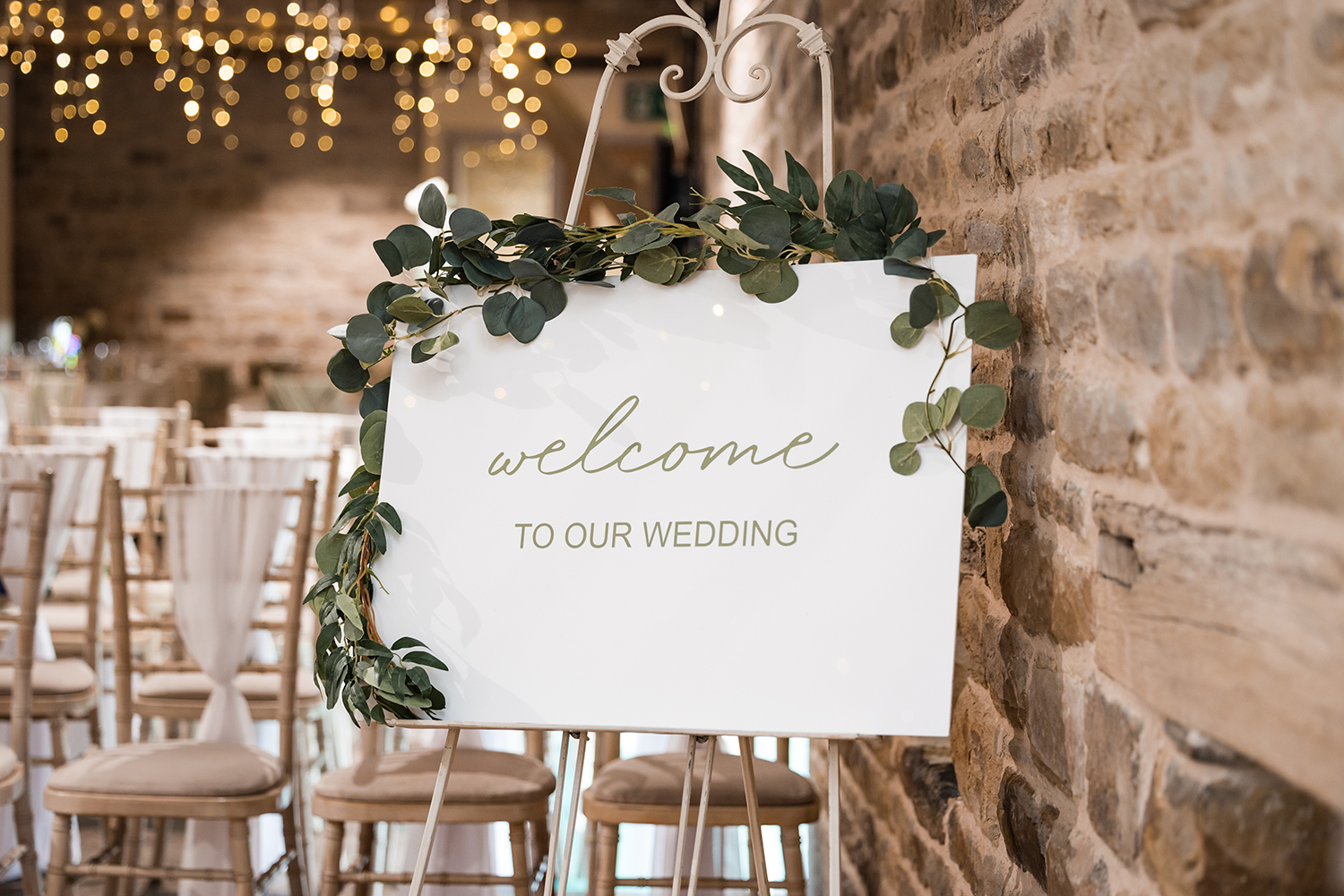How to Change Your Name After Marriage in Virginia (Step-by-Step Guide) Your wedding day marks the beginning of an exciting new chapter—one filled with celebration, commitment, and for many couples, a new shared last name. If you’re planning to take your spouse’s surname (or hyphenate or combine your names), Virginia makes the name-change process refreshingly straightforward when you follow the right steps and gather the proper documents. This guide is an overview of how to change your name after Marriage. Once your marriage certificate arrives, HitchSwitch can simplify the entire name-change process so you spend less time on paperwork and more time enjoying newlywed life. Marriage License & Marriage Certificates…
-
-
How to Change Your Name in New York After Marriage (2025 Step-by-Step Guide) Your wedding day may be behind you, but if you’re planning to take your spouse’s last name, one important step remains: legally changing your name. The name change process in New York is straightforward once you understand where to start and the correct order to follow. Whether you’re newly married in New York City or celebrating upstate, this guide breaks down exactly how to change your name in New York after marriage—from requesting your marriage certificate to updating your Social Security card, DMV record, passport, and more. Marriage License and Marriage Certificates in New York A Marriage…
-
Update Your Voter Registration After a Name Change (2025) Election Day is November 4, 2025, and these tips apply to any election cycle. If you’ve changed your name due to marriage, divorce, or court order, here’s how to update your voter registration. HitchSwitch also provides step by step guides for changing your name across key documents. Step 1: Check deadlines Start by reviewing your state’s voter-registration deadlines—updates generally can’t be processed after the cutoff. Vote.org offers a helpful, state-by-state overview of registration and Election Day registration deadlines guide. Before updating your voter registration, plan to update your name on your Social Security card and your driver’s license or state ID.…
-
How to Change Your Name with Your Employer’s Records & Benefits? Changing your name after marriage, divorce, or another life event is exciting—but it also comes with a checklist of updates you’ll need to make at work. From payroll to health insurance, your employer relies on accurate records to ensure you get paid correctly, your benefits remain intact, and your tax forms match what’s on file with the IRS. It might feel like a lot to manage, but it’s simple if you take it step by step. Here’s how to change your name with your employer’s records and benefits the right way. Step 1: Update Your Social Security Card Before…
-
Change Your Name on Bank Accounts & Credit Cards (Guide) Changing your name on bank accounts and credit cards is a key step after marriage or divorce. Updating financial accounts keeps paychecks, deposits, and payments running smoothly and prevents ID mismatches. This guide shows the documents you’ll need, the order to tackle updates, how major banks handle name changes, and tips to save time. For a look at how to change your taxes, click here. Documents Checklist: What You’ll Need Before you begin, gather these documents: Certified marriage certificate, divorce decree, or court order showing your new legal name Updated Social Security card (with your new name) Updated government-issued photo…
-
For many couples today, moving in together happens long before wedding bells. By the time you’re engaged, you may already share a kitchen, a couch, and even that trusty coffee maker from college. When it’s time to create your wedding registry, you’re not starting from scratch—you’re building on the life you already share. That’s why a wedding registry for couples who live together should focus less on filling cupboards with basics and more on upgrading what you have, investing in the future, and sprinkling in fun, personal touches. Here are some registry ideas to inspire your list and make gift-giving easier for your guests. Practical Upgrades for Everyday Life Even…
-
How to Plan a Couples Retreat With Friends Sometimes the best way to strengthen your relationship and friendships is by planning a getaway together. A couples retreat with friends can be both fun and refreshing — whether it’s a quick weekend trip or a week-long vacation. The key is striking the right balance between relaxation, adventure, and thoughtful planning so everyone feels included and has a great time. At HitchSwitch, we know how important it is to simplify life’s big changes — from name changes after marriage to planning stress-free milestones. Here are our top tips to make your couples retreat successful and enjoyable! Start With a Shared Vision The…
-
How to Talk to Your Kids About Divorce: A Compassionate Guide. Divorce can be one of the most difficult conversations a parent ever has with their child. The emotions surrounding it (confusion, sadness, even relief) can be complicated for adults, let alone kids who may not have the language to process what’s happening. If you’re also navigating a name change, our guide on name change after divorce can help simplify the process. We’ve gathered key pieces of advice to guide you through the process of talking to your kids about divorce. While there’s no single “right” way to have the conversation, there are ways to approach it that can help…
-
Travel Relationship Goals: Tips for Couples For many couples, travel isn’t just a luxury—it’s a shared dream, a way to connect, and a chance to grow together. Whether you’re newly married or celebrating years of partnership, making travel part of your relationship goals can bring fresh energy, perspective, and closeness to your connection. Traveling together creates opportunities to experience the world side by side, to face challenges as a team, and to create stories that become part of your shared identity. And the best part? You don’t need to be jet-setting every month to make travel a meaningful part of your life together. With a little planning, communication, and intention,…
-
Your wedding venue sets the tone for your entire celebration, so choosing one that reflects who you are as a couple isn’t just about aesthetics—it’s about telling your story. When you close your eyes and picture your wedding day, what do you see? A cozy barn surrounded by twinkle lights? A chic rooftop with sweeping city views? A quiet garden tucked away from the world? We’ve put together some suggestions and considerations to help guide you through the process. From first impressions to final dance, the right venue should feel like you. Start With What Matters to You Before you get swept away in Pinterest boards and venue tours,…








